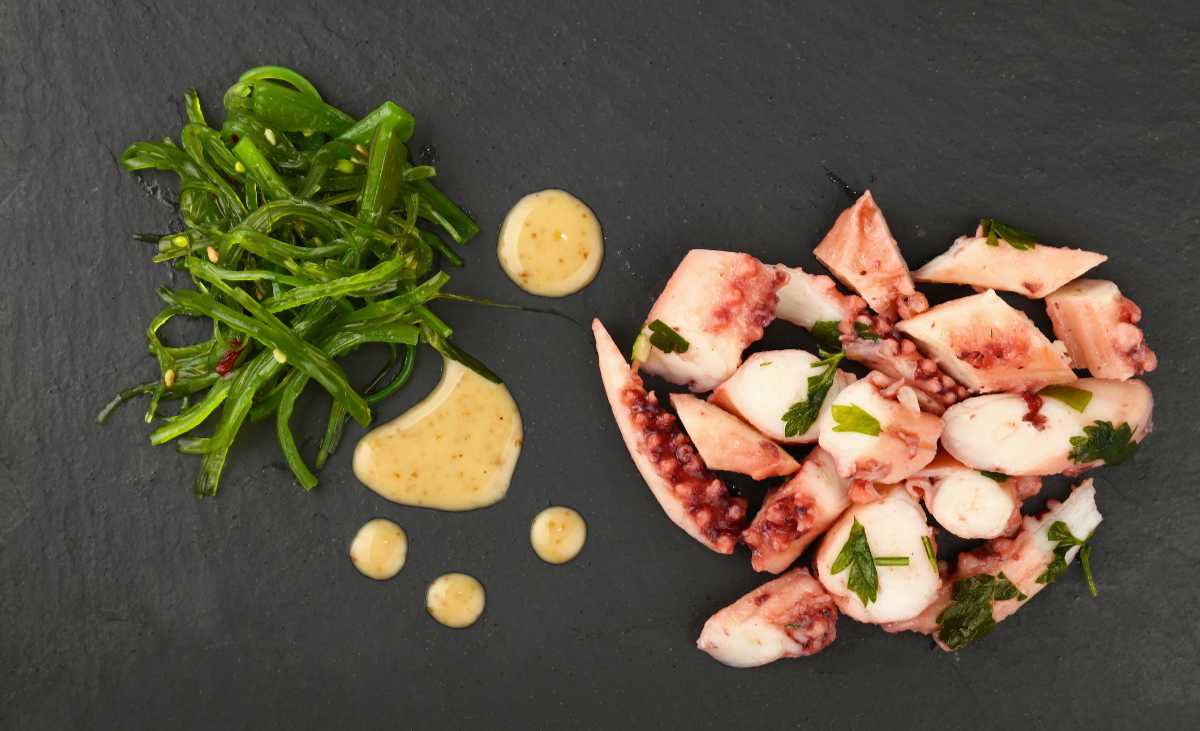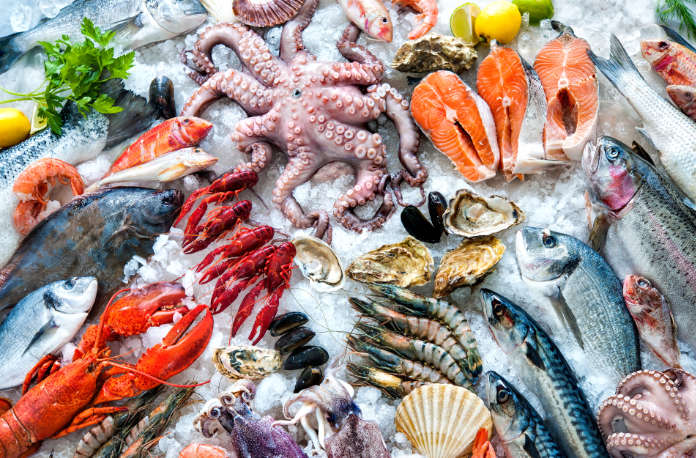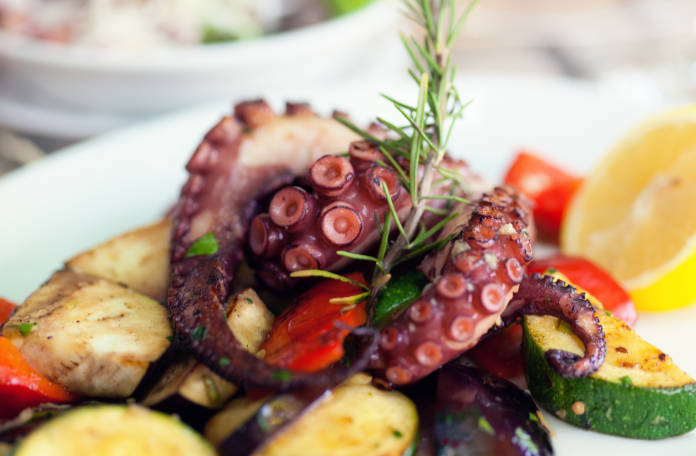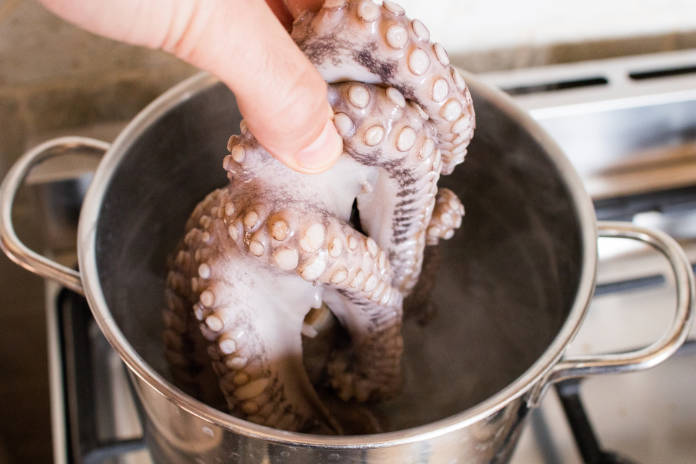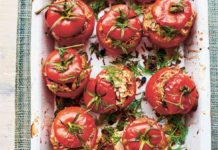Chowing down on frilly, grilled octopus tentacles might seem like the kind of thing you only do on holiday in the Med, but that could all change soon.
A noxious combination of overfishing (90% of fish stocks worldwide are either fully fished, or being overfished) and climate change, is leading to warmer oceans, rising seawaters and serious ecosystem damage, meaning some fish are swapping their traditional habitats for new ones more suited to them.
One report from the UK Marine Climate Change Impacts Partnership (MCCIP) suggests that, as a result, during the last decade, cold water fish have begun migrating north to cooler climes, while numbers of warm water fish off Britain’s coast has increased – including octopus.
Tips for eating octopus
To get you ready for the day when cephalopod mollusks are more readily available in the UK than cod, here’s what you need to know about eating and cooking octopus…
Buy as fresh as possible
As with all good produce, the fresher the better, but if you don’t live by the sea and haven’t got an exceptional, well-connected fishmonger, you can get frozen octopus at bigger supermarkets, which is almost as good.
Pick ones with two rows of suckers on their tentacles
When buying your octopus, look for a double row of suckers on each of their eight limbs – apparently two rows signals better quality and better flavour than one, although some argue that the more suckers, the tougher the flesh overall.
Don’t just eat the tentacles – even the eyes can be tasty
When eating octopus in restaurants, it’s usually just the tentacles that get dished up (or sometimes whole ‘baby’ octopus, often tangled up in seafood linguine). However, if you’re home-cooking octopus, you can be more adventurous. The eyes are said to be good deep fried, while the head – mainly the mantle and the siphon, which your fishmonger can direct you to – are allegedly the least chewy.
There’s an art to tenderizing octopus
Yes, octopus is undoubtedly chewy, but people tend to agree, you’re looking for a good kind of chewy, not a mouthful of rubber, so tenderizing is necessary. How chefs go about doing this differs wildly though. In Japan, it’s not unusual to massage octopus by hand, others douse it in salt, while some boil the creature in short bursts or chuck it repeatedly against a hard surface (your sink would do).
Quick cook or low and slow?
After tenderizing, it’s not uncommon to move onto simmering. For delicate octopus, an hour simmering in water or wine will leave it soft and juicy, and from there, you can either chuck it on the grill, swirl it into pasta, or turn your simmering liquid into a soup or broth. Alternatively, skip the simmering and flash-fry instead. A high heat and fewer than five minutes in the pan will give you hot and chewy (in a good way) octopus, perfect for quick, summery salads and sushi.
You may also be interested in…























































